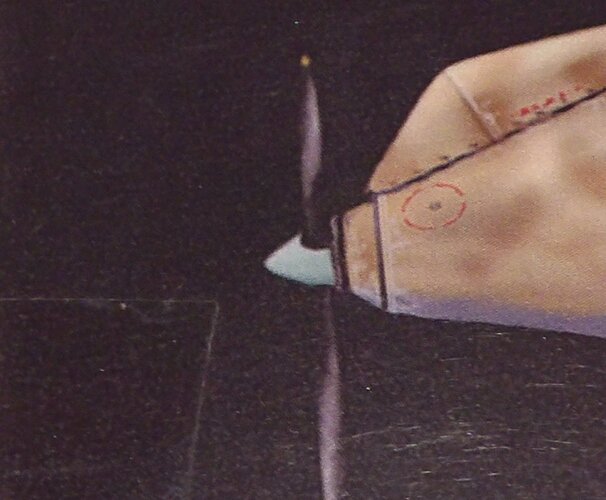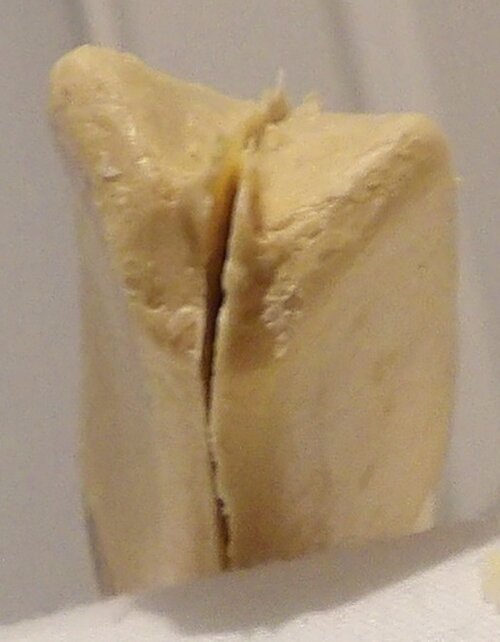mrys
ACCESS: Confidential
Hi All!
I have few questions about SP.25. First of all - couldn't find any data besides sketch and few infos about 300 hp engines used in "I". Any info about dimensions, weight and calculated performances exist?
And second - on drawing instead of Sauvage is name of Francois Baudot. Why?
I have few questions about SP.25. First of all - couldn't find any data besides sketch and few infos about 300 hp engines used in "I". Any info about dimensions, weight and calculated performances exist?
And second - on drawing instead of Sauvage is name of Francois Baudot. Why?




























